With waterhemp, resistance complicates management
Mixing it up with multi-layered tactics is key


Waterhemp has become increasingly difficult and expensive to control due to its widespread resistance to multiple herbicide sites of action, requiring growers to adopt a multi-layered, diversified approach to weed management. Experts recommend combining chemical, cultural, and mechanical tactics to manage resistance effectively. As no single "silver bullet" remains, success depends on field-by-field planning, community coordination, and ongoing adaptation to evolving resistance threats.
Earn 1 CEU in Integrated Pest Management by reading this article and taking the quiz.
Long gone are the days of making two glyphosate applications over the top of soybeans and corn for season-long management of waterhemp.
With many populations resistant to not just one but multiple herbicide sites of action (SOAs), weed experts say growers and consultants more than ever need to employ “many little hammers,” as weed ecologists Matt Liebmann and Eric Gallandt put it in 1997. The strategy involves hitting a weed with multiple stressors. Although each alone may produce middling results, combined they’re more powerful and create more durable weed management outcomes.
For waterhemp, the tiny hammers include rotating and tank-mixing effective herbicide SOAs, applying full labeled rates, layering or overlapping residuals, rotating crops, and exploring non-traditional methods such as cover crops.
“My big message is to try to get people comfortable with putting more time and thought into their management,” says Wesley Everman, an assistant professor and Extension weed specialist with Iowa State University. “I hope I’m wrong because I don’t think there’s another Roundup coming or another silver bullet. [Growers] are going to suffer when it doesn’t. They’re going to have to make a whole bunch of changes and adjust a whole bunch of steps when they get to the end of the road of an herbicide.”
Jeff Nagel, a regional agronomist and CCA with Keystone Cooperative Inc. in West Lafayette, IN, agrees. He’s seen more challenges managing waterhemp in recent years and says it takes more expertise.
“With some of our programs that have worked for us and some of the technologies that were working, we’re starting to see some issues as far as control,” he says. “That’s why it’s more important to get multiple sites of action in different stages of the crop.”
Not only has managing waterhemp become more difficult with the waning number of effective herbicides, but it’s also grown more expensive. During the Roundup Ready heyday, soybean producers could get by for about $10 per acre in herbicide costs and end up with clean fields, says Bryan Young, a Purdue University weed science professor. Now they may spend $80 to $100 per acre and only obtain adequate weed control at best in many cases.
Resistance complicates management
Rated by many as the top weed issue, waterhemp is the main driver of most Midwestern weed management decisions, Everman says. He recommends taking a field-by-field approach based on weed species and severity and tailoring programs accordingly.

If uncontrolled, waterhemp can reduce corn yields by up to 74% and soybean yields by as much as 56%, according to research by University of Tennessee Weed Extension Specialist Larry Steckel published in a 2007 Weed Technology article.
While waterhemp is native to much of the United States, changing production systems have selected for herbicide-resistant individuals, which then pass the trait onto offspring. The weed also has the unique ability to spread herbicide resistance genes through long-distance pollen dispersal. With the female potentially producing 100,000 to 1 million seeds during one season, resistant populations can quickly take over a field.
Currently, populations of Amaranthus tuberculatus, the scientific name for waterhemp, have been confirmed resistant to seven different herbicide SOAs, according to the Weed Science Society of America. Several populations are resistant to multiple SOAs with at least one in North Carolina and one in Iowa confirmed resistant to five different chemistries.
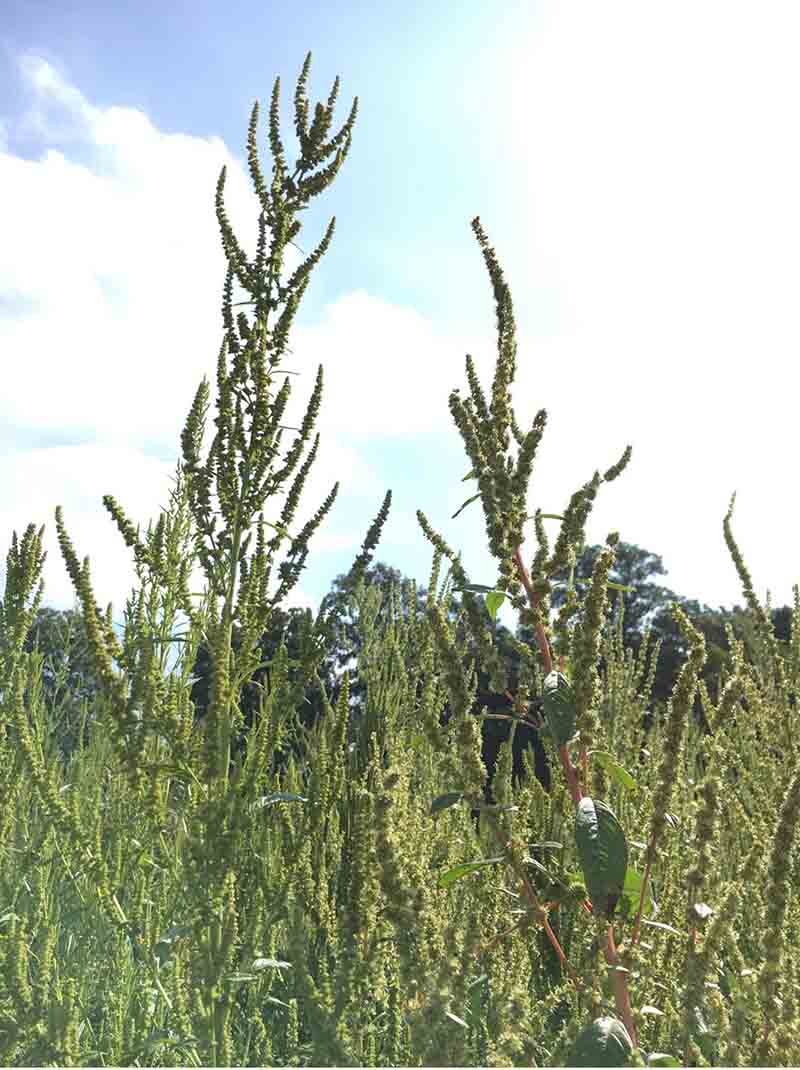
Recently, two waterhemp populations in Minnesota were confirmed with resistance to six different SOAs and seven different herbicides, says Debalin Sarangi, University of Minnesota Extension weed scientist. An additional two were found resistant to six different SOAs and six different herbicides. That leaves only glufosinate for post-emergent waterhemp management in corn and soybeans for those populations, he says, adding he did not screen pre-emerge products. Regardless, the news further complicates herbicide programs.
“It’s very difficult if you think about it,” Sarangi says. “Nowadays, we have different traits in crops. You have to already keep track of which trait and what are the herbicides available to that trait. Then waterhemp brings another layer of complexity to the system.”
Start clean, stay clean
Nagel recommends a five-step approach that starts with a clean field before planting, whether it’s through effective tillage or a burn-down herbicide application. For a pre-emergence program, he likes a tank mix of at least two soil-applied residuals with different effective SOAs.
In soybeans, for example, that may be a Group 14 and a Group 5, such as metribuzin. For waterhemp management, Nagel says metribuzin rates need to be increased to at least 8 to 10 oz per acre, and that can be a hard sell for growers looking to cut costs.

Because several Group 14s are labeled to be soil-applied no later than three days after planting, a time frame that comes quickly, many programs rely primarily on a Group 15. Like many other weed experts, Nagel says he’s concerned about the pressure being placed on this group and points to work done by Aaron Hager with the University of Illinois. In 2019, Hager confirmed two fields with waterhemp populations resistant to Group 15s, and ongoing screening suggests resistance could be much more widespread.
To reduce the pressure, Everman recommends substituting metribuzin, a Group 5, or even one of the yellow herbicides, such as Prowl, a Group 3.
Young has similar concerns about the use of Group 15s in both corn and soybeans and sometimes twice each season. In corn, growers have an opportunity to tank-mix at least one or two other effective SOAs, such as atrazine and/or a bleacher such as Callisto, with the Group 15 to prolong its usefulness.
In corn, Nagel says he also recommends a soil-applied pre-emergence program with at least two different effective SOAs, and frequently those are premixes that contain Group 27 HPPDs. Many of the same chemistries also are used post in corn, and he says they’re starting to see less-than-desirable control though it’s scattered. Adding a low rate of atrazine provides synergy and tends to improve control.
With growing waterhemp resistance issues, Everman says two products in many cases may not be enough and growers may have to tank-mix three.
“I expect that to shift further to where we have more four- and five-ways,” he says. “If we keep using these herbicides sequentially, we select for resistance and we’re seeing more.”
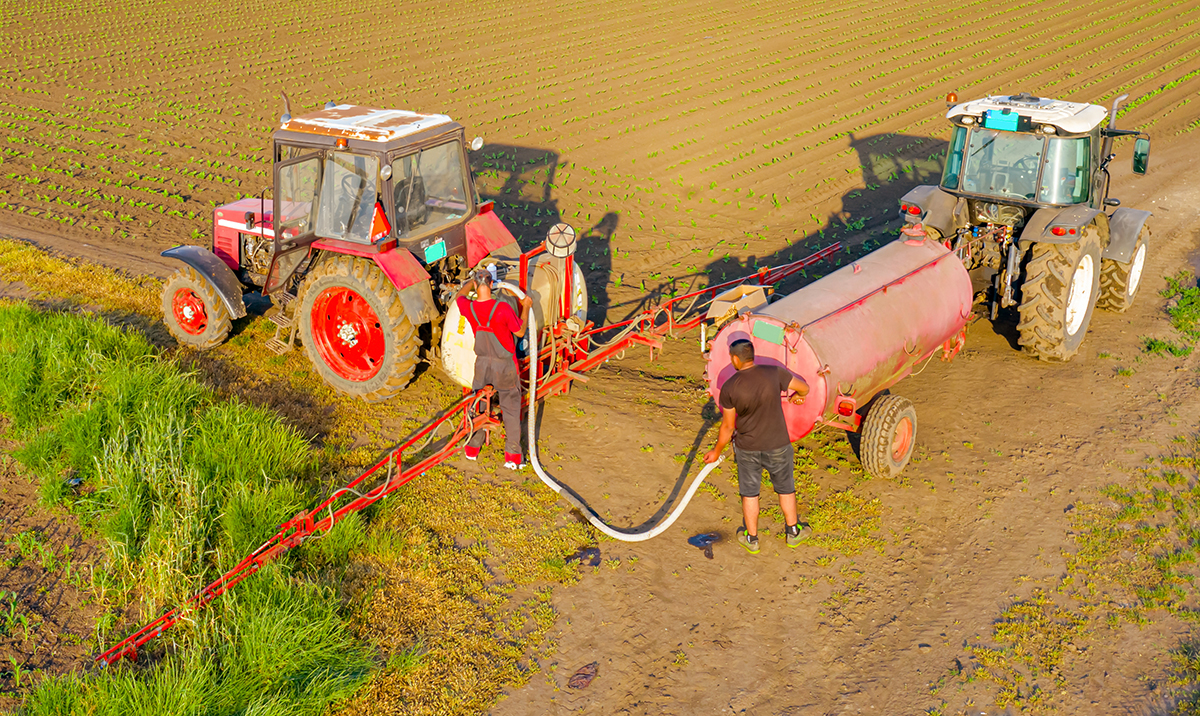
Don’t omit residuals
Even if producers have been successful with over-the-top herbicide-tolerant systems, Young says it doesn’t provide an excuse for laying off residual herbicides.
As part of a U.S. Soybean Board-funded project since 2018, he has conducted surveys across six states to screen Palmer amaranth and waterhemp populations for 2,4-D, dicamba, and glufosinate sensitivity compared with susceptible populations.
Of the more than 1,000 populations collected, about 10% survived full labeled rates of 2,4-D, dicamba, or glufosinate in greenhouse trials. Young says they haven’t yet confirmed the populations are resistant and are currently conducting additional greenhouse screenings.
“You could see plants that were dead and some that looked like they were barely touched,” he says. “I’m not saying it’s full-blown resistance, but we have significant concerns.”
Because resistance can be spread by pollen, resistance management is best conducted on an areawide scale, Everman says. If one grower, for example, uses dicamba repeatedly and the neighbor uses 2,4-D until it’s burned out, pollen may spread that results in waterhemp resistant to both products.
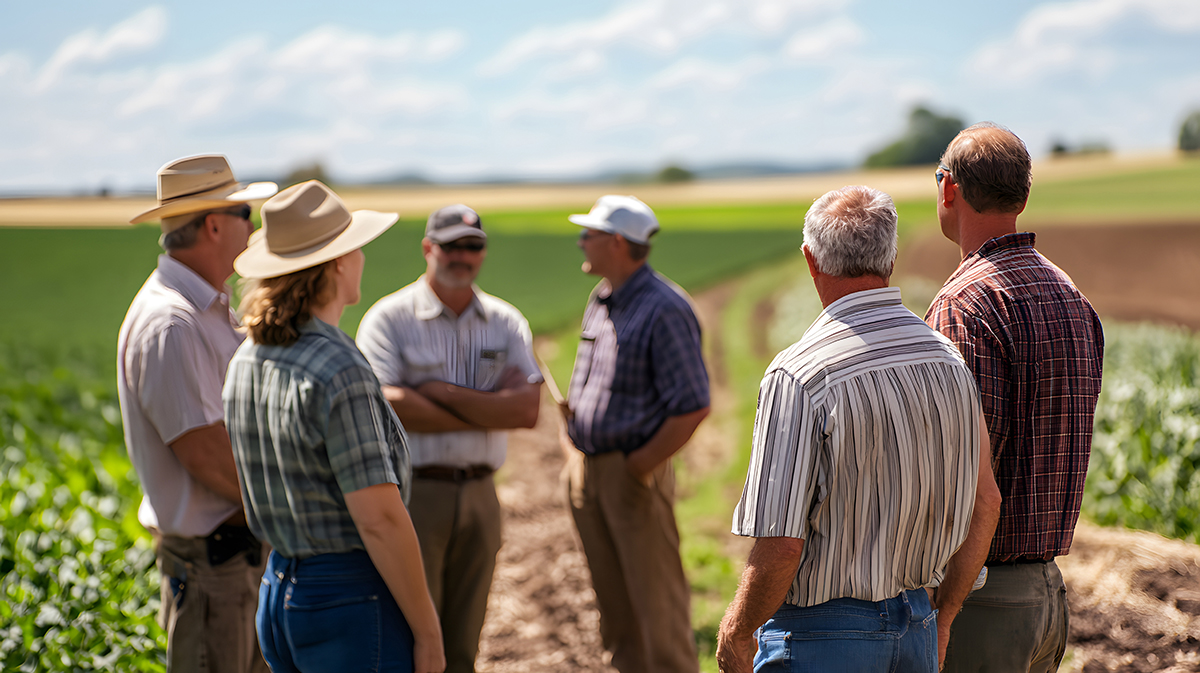
“So I’m trying to encourage community ownership and planning,” he says.
To keep fields clean during the season, many weed experts recommend layering or overlapping residuals, and timing is critical.
That’s because the post-application is frequently made after the first residual application wanes and weeds begin to germinate. Instead, he likes to see the second residual application based on the calendar and timed before the first application breaks.
Adding a different crop, such as a small grain, to the common corn–soybean rotation also allows growers to use herbicides with different SOAs, Sarangi says.
Mix it up
In addition to chemicals, mechanical methods offer another option for waterhemp control although each has limitations.
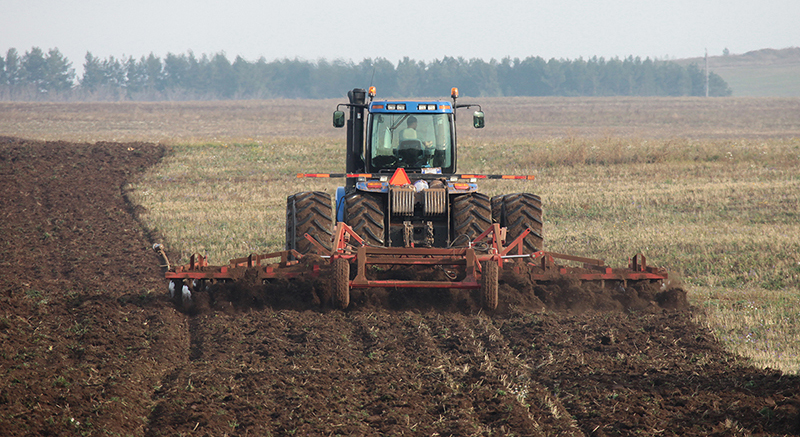
Cultivation brings in a different site of action, but few growers use it because of the time it takes. In Minnesota, however, tillage is popular before corn, Sarangi says.
While deep tillage with something like a moldboard plow buries waterhemp seeds and prevents germination, it also slows their degradation, Young says. It only works if the soil then remains undisturbed—making another tillage pass brings those seeds to the surface.
Leaving seeds on the surface, on the other hand, exposes them to weathering and predation by invertebrates and vertebrates. But the remaining seeds will readily germinate.
Another consideration is cover crops, which provide weed suppression and erosion control as well as soil health benefits. The most commonly used are cereal rye varieties.
The longer producers allow the cover to grow, the more biomass is produced and the greater the benefits within reason. A 2019 study by University of Nebraska Agronomy Associate Professor Andrea Basche found 3,300 to 3,600 lb of dry rye biomass reduced both waterhemp plant density and biomass by more than 90%.
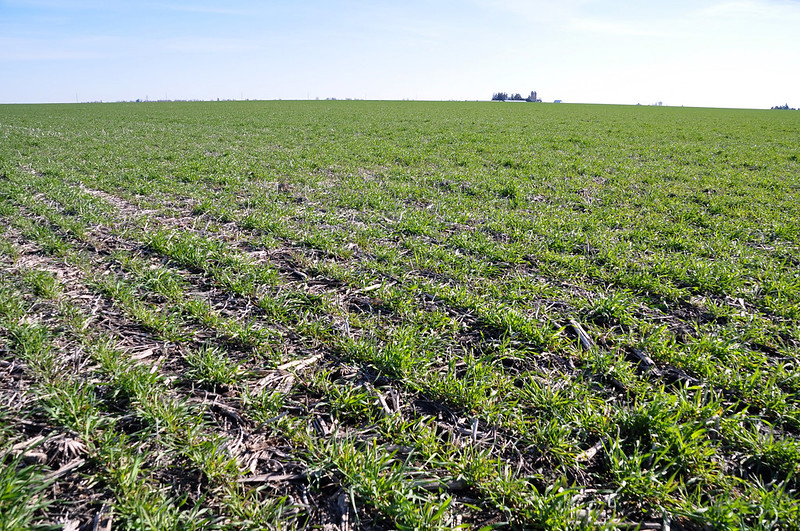
Because many producers get nervous about having enough time to prepare their fields, they may terminate the cover too early to maximize weed suppression benefits. As a result, Young says the system is better suited to conservation tillage fields, which leaves out about 75–80% of corn acres and at least 40% of soybean acres in Indiana.
Chaff lining involves adding a baffle and chute to the combine that consolidates chaff into a narrow row behind the machine. Iowa State University research found the plant material acted like a mulch, slowing weed seed germination by four to six weeks compared with untreated fields. This allowed for improved herbicide activity because the weeds were smaller.
Narrow windrow burning also involves adding a chute to the combine to concentrate material coming out the end into narrow windrows, which are then burned.
But Everman says field conditions may not be conducive since high heat is needed to destroy the seeds. Frequently, the plant material may be too wet to obtain the necessary temperatures. Many producers in Australia have adopted seed impact mills—implements attached to combines’ rears that pulverize chaff as it comes out. Everman traveled to Australia to see the machine firsthand and says he believes the current technology probably isn’t suited to the high-yielding crops of the Midwest without modification to handle the high biomass.

One of the Australian combines that was harvesting dryland lentils, which had much less vegetation than a typical corn or soybean crop, caught fire from overheating. In addition, Young says waterhemp has evolved to produce seeds earlier in the season to escape the mills.
Both Everman and Young remain hopeful and point to the breakneck speed of technology, which eventually could bring new waterhemp management to the market. Biologicals and peptides show some promise for weed management, but Young says more research is needed to obtain more consistent results.
Vision-guided robotic weeders that can differentiate unwanted plants from the crop already are being used in the vegetable and turf industries. When or if they make their way to broad-acre crops would be pure speculation, Everman says. But already, Carbon Robotics has introduced a Laser Weeder model for producers of organic broad-acre crops.
As Sarangi put it, “We have to rotate different practices. We have to make the system less predictable. We have to give a surprise to the weeds.”
Self-study CEU quiz
Earn 1 CEU in Integrated Pest Management by taking the quiz for the article. For your convenience, the quiz is printed below. The CEU can be purchased individually, or you can access as part of your Online Classroom Subscription.
What has made waterhemp increasingly difficult and expensive to control?
a. Climate change.
b. Widespread resistance to multiple herbicide sites of action.
c. Reduced crop yields.
d. Lack of mechanical tools.
Which of the following is NOT one of the recommended components of an integrated waterhemp management strategy?
a. Rotating crops.
b. Layering residual herbicides.
c. Sole reliance on glyphosate.
d. Using cover crops.
According to the article, what used to be the approximate per-acre herbicide cost during the Roundup Ready era?
a. $5.
b. $10.
c. $30.
d. $50.Waterhemp can only spread herbicide resistance through seed dispersal.
a. True.b. False.
If uncontrolled, by how much can waterhemp reduce soybean yields?
a. 25%.
b. 40%.
c. 56%.
d. 74%.
Which characteristic of waterhemp was mentioned in the article that makes it particularly effective at spreading herbicide resistance?
a. Thick cuticle layer.
b. Long-distance pollen dispersal.
c. Rapid seedling growth.
d. Taproot system.
Recently, two waterhemp populations in Minnesota were confirmed with resistance to several SOAs and herbicides, which left only _____ as an option for post-emergent management in corn and soybeans for those populations.
a. dicamba.
b. atrazine.
c. glufosinate.
d. metribuzin.
Waterhemp populations have been confirmed resistant to up to seven herbicide sites of action.
a. True.
b. False.
Why might seed impact mills not yet be practical for Midwest crops?
a. Federal and state regulations inhibit their implementation.
b. The harvest window for most Midwest crops is too tight.
c. The high biomass of the Midwest’s crops could cause overheating.
d. Precipitation is too high as seed impact mills require dry soil conditions.
What is a major limitation of narrow windrow burning for waterhemp seed destruction?
a. Lack of herbicide compatibility.
b. It requires no-till fields.
c. It often doesn’t generate enough heat due to wet material.
d. It can only be used in soybean fields.
Text © . The authors. CC BY-NC-ND 4.0. Except where otherwise noted, images are subject to copyright. Any reuse without express permission from the copyright owner is prohibited.








